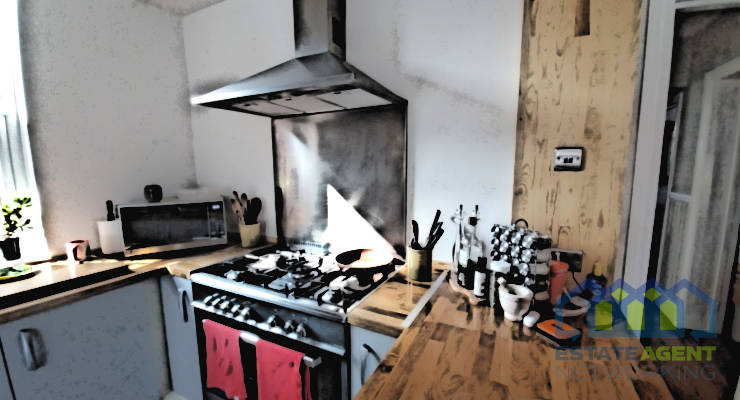Kitchen Trade Expert Shares Five Benefits of Fully Assembled Units
The UK kitchen and bedroom fitting sector is currently facing a number of challenges. The UK Trade Skills Index 2023 report revealed that 937,000 new workers will be needed in the construction and trade industries by 2032 to meet the demands of the sector, impacted by the widening skills loss posed by Brexit, an ageing workforce and rising costs.
In 2024, the UK kitchen market saw its highest level of growth in six years, yet many merchants and trade professionals are still focused on working with the time-consuming assembly of flat-pack units on every job. However, the shift towards fully assembled kitchen and bedroom cabinetry is quietly revolutionising how the trade approaches installations.
Paul Berryman, Head of Life Trade, a UK based manufacturer of high-quality kitchen and bedroom solutions, says, “We’re seeing a change in how merchants and fitters approach projects. Fully assembled units eliminate the guesswork, reduce on-site errors, and free up skilled tradespeople to focus on what they do best, fitting and finishing. When you can complete an installation in half the time with better results, that’s not just efficiency, that’s competitive advantage. This will help relieve some of the pressure on the KBB industry as it copes with growth in demand and a shortage of skilled tradespeople.”
Streamlining the supply chain
Working with the traditional flat-pack model creates various pressure points. Experienced kitchen fitters are able to assemble over 30 kitchen units in one working day, but with issues like missing or damaged components, missing fixings and compatibility issues between different product batches, project timelines can easily be derailed which impacts project costs too.
Berryman explains, “Merchants are finding that fully assembled units actually reduce their inventory headaches. Instead of managing hundreds of individual components, hinges, and drawer mechanisms separately, they’re dealing with complete, tested units. The quality control happens at the factory, not on their warehouse floor.”
Reducing installation errors and callbacks
According to a recent customer survey from Which? looking into kitchen fitting services, 42 – 49% of customers reported an issue or issues with their kitchen installation. However, the shift towards pre-assembled units helps to reduce problems, occurring weeks or months after installation, leading to callbacks, one of the sector’s most expensive problems.
“Working with fully assembled units means the issues that arise during the assembly process in someone’s home are mostly eliminated,” says Berryman. “Units can arrive with perfect alignment, properly fitted hinges, and tested drawer mechanisms. Fitters can concentrate on positioning, levelling, and scribing to walls. This is very skilled work in itself.”
Meeting project deadlines in a competitive market
Whilst the growth in the UK kitchen market is creating opportunities for skilled installers, it’s also generating competition.
A typical bespoke kitchen installation that might take three days with flat-pack assembly can often be completed in two days or less with fully assembled units. For merchants working with trade customers on tight schedules, this time saving translates into a competitive advantage and more earning potential.
Consistency in quality across installations
There is more precision involved in factory assembled units, which delivers a level of consistency that’s impossible to achieve with on-site assembly, particularly under the time pressures of commercial installations.
Berryman adds, “Every unit leaving the factory will be identical to the last. The door gaps are precise, the alignment is perfect, and the internal fittings are correctly positioned. Fitters aren’t spending time adjusting the likes of poorly assembled components. The consistency in quality of a professional factory finish in turn boosts customer experience”
Addressing the skills shortage
The UK is facing labour and talent shortages which could worsen if there are no solutions offered to remedy the situation. There are currently over 140,000 vacancies that need to be filled in the construction sector. Fully assembled units help stretch the existing workforce further by eliminating routine assembly tasks.
“We’re not trying to replace skilled fitters,” explains Berryman. “We’re trying to make their skills more valuable by removing the repetitive assembly work that an apprentice could do in a factory setting. This allows experienced professionals to take on more projects and focus on the complex installation challenges that require their expertise.”
Fully assembled units are becoming a competitive necessity and a means to support industry challenges, rather than just offering convenience. Merchants and fitters embracing this shift are in a better position to be more efficient with their project timelines and enhance customer experience.









